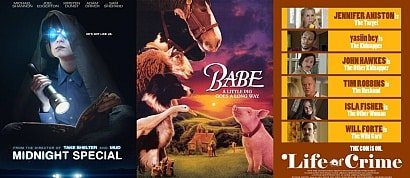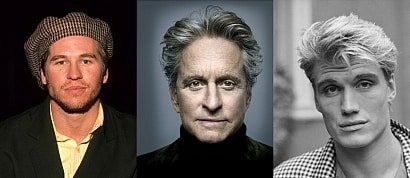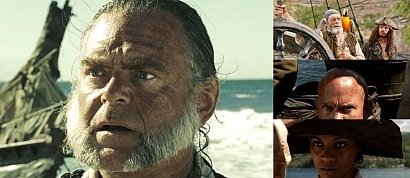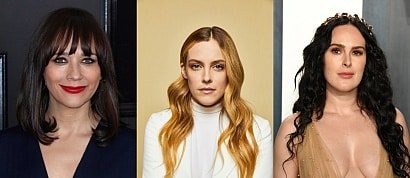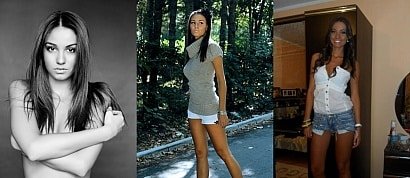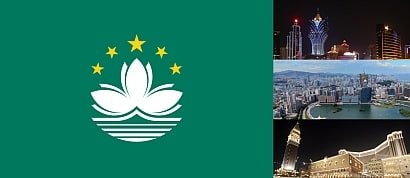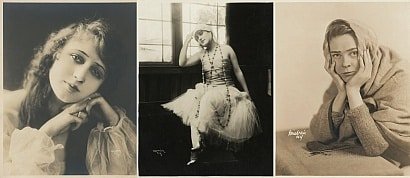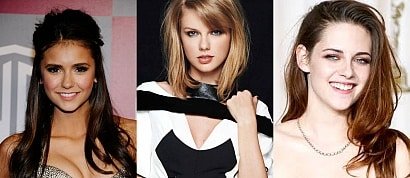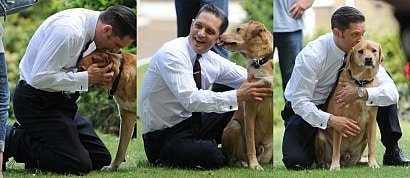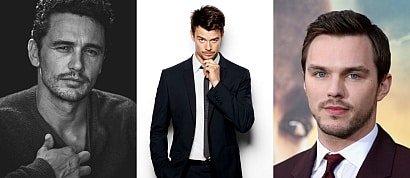An Irish rogue wins the heart of a rich widow and assumes her dead husband's position in 18th Century aristocracy.
Ryan O'Neal: Barry Lyndon
Barry Lyndon(1975) is sometimes considered a slow and tedious film; it is indeed past three hours in length; but this is due mainly to the fact of the artistic flow and temperament of a film that strays not only to tell a story about a man whom is by no means neither hero nor villain. But it is also one in which is in no great rush; taking the time for every tiny intricacy to sink into the mind and heart of the viewer.
We the audience are left to marvel at the storytelling.
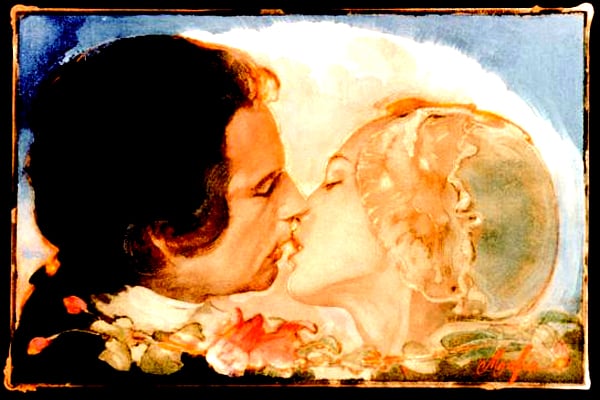
Numerous scenic images in Barry Lyndon are in themselves works of splendid art; rendered with a passion for the landscapes and the man-made structures within them. Stanley Kubrick makes it clear; his appreciation for the era through the use of paintings, costumes and all of the above in perfect harmonic glory.
To be noted: When Barry inquires about a painting, he is told it was painted by a man named "Ludovico Corde". This is a misspelling in the DVD subtitles, probably due to the pronunciation; the artist's name was Ludovico Cardi AKA "il Cigoli" and he actually was a disciple of Alessandro Allori, as it said in the movie. Interestingly, Kubrick's previous film, A Clockwork Orange(1971), prominently features a Ludovico process.
Many of the shots were composed and filmed in order to evoke certain eighteenth century paintings, especially those by Gainsborough.
The myth that came about that all scenes were created using no artificial lighting stems from the very realistic lights during indoor takes, some of them truly did not feature artificial light. This is but one of the many details that so easily conveys a sense of a realistic portray of the era, the 18th century and the time after the seven-year war in the later half of the Lyndon.
The impressive atmosphere and the wonderfully picturesque scenarios along with the fact that the entire plot moves at a calm pace makes this film a very pleasant experience.
The music by the Music Departments Leonard Rosenman, borders on Kubrick genius in which it actually becomes memorable long after Barry Lyndon has finished. Especially the piece of music played throughout, which also features on the credits. Also liked the piece of music where Barry first kisses Lady Lyndon.
Cinematography by John Alcott (photographed) is also illustriously grand in it's beauty, scope and integrity.
Also to be mentioned, Stanley Kubrick called director Ken Russell in the early 1970s to ask him where he had found the locations for his period films. Russell complied and Kubrick used the locations in this movie. Years later Russell said, "I felt quite chuffed." As did fans and admirers of these illustrious places.
Ryan O'Neal as Barry Lyndon does an excellent job of portraying the unlucky man, marvelous how this individual chooses some of the courses that run through his life. Firstly his infatuation for his female cousin's affection which results in him getting sent away to him signing up to the English army. Then a twist of fate of him becoming enlisted in the Prussian Army. All resulting in his eventual meeting of Lady Lyndon, where even more trouble and drama ensues.
Marisa Berenson as Lady Lyndon really flourishes her part with beauty and elegance and later on with emotionally charged desperation as the film progresses and her husband's wild ways become apparent.
Barry Lyndon may be long, but on DVD it shines perfectly. Afterall that is what the intermission is designed for; To give us a much needed break. Kubrick knows if he's going to do a theatrical film of William Makepeace Thackeray's novel he's going to need a substantial amount of material. Material which is crammed full of flavor, of passionate drama and of period perfection.
Barry Lyndon is another grand accomplishment from the late Kubrick. A masterpiece and an interesting study and also one I never get tired of watching.
10/10
 Login
Login

